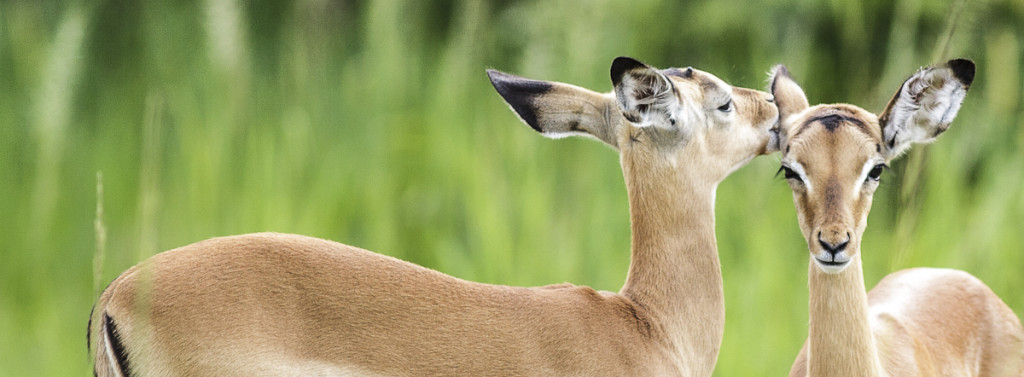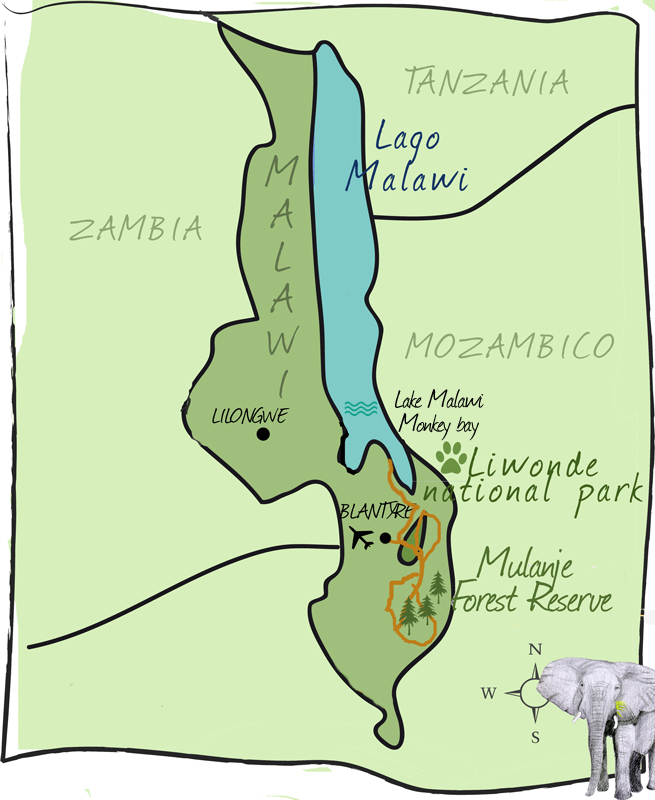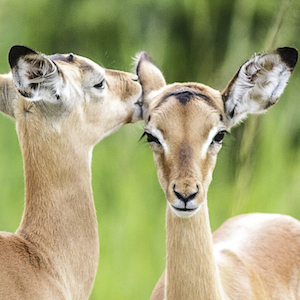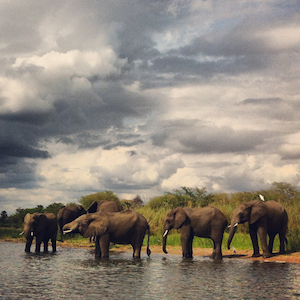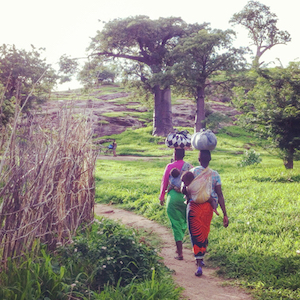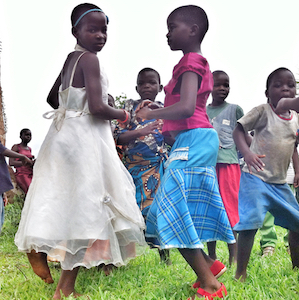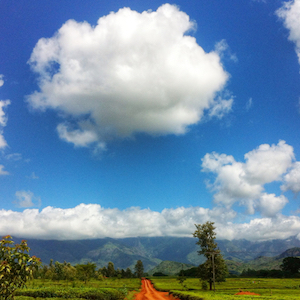Expedition 115 – Malawi, magnificent South
Malawi magnificent south. The Majete Wildlife Reserve, the Liwonde National Park, the Lake Malawi National Park and Mulanje Forest Reserve.
WHAT WE WILL SEE
A trip for those who want to explore tourist and pristine areas, with an incredible biodiversity, in southern Malawi, to understand nature and the people, with special and unique photographic opportunities.
A unique destination, the Majete Wildlife Reserve, in the Shire Valley, is a success story in restocking a reserve: present are all the big five; lions, leopards, blacks rhinos, elephants and buffalos, as well as sable antelope, zebras, eland and Lichestein’s heartebeest. We will venture into the mid of the park even at night for safaris in search of predators.
Following the Shire Valley, still new panoramic views and forests we enter in Liwonde National Park, perhaps the most famous park in Malawi, of which you cannot be disappointed by the boat safaris: we define it as “truly unmissable”. Elephants swimming a few meters away from the boat, hippos grub, crocodiles, impalas drinking from the river and troops of monkeys who engage in daily grooming: the birdlife is truly amazing, also present are the black rhinos within the Sanctuary, a place in which they are well protected.
At the foot of Mount Mulanje is Mulanje Forest Reserve, the site listed for the title of World Heritage Site, the highest mountain in southern Africa, which boasts a 650km2 forest and many species of animals and plants unique in the world, the mountain that Malawians consider magic to the wealth of legends and stories that populate the collective imagination. Under Mount Mulanje we will see the rolling hills covered by pure white and green tea: walking through the immense spaces of the plantations we meet the workers in the tea plantations and people hiking the mountain.
We will dive into the rich cultural heritage of Malawi in Chamare museum at Mua, the oldest and original operational mission in Malawi, where we will see the largest collection in the world of the Gule Wamkulu masks, secret ceremony of the ethnic Chewa Heritage and Tradition.
And then, on the banks of the third biggest lake in Africa, in the region of Monkey Bay, the Lake Malawi National Park, compared to bio-diversity of the Galapagos, is one of the largest water reserves in the world, by the clear waters and white sands it is estimated that the endemic fish that inhabit the waters, cichlids, are around 1000 species. A part from that, between the poignant beauty of its landscapes, the people of Malawi are hospitable and incredibly friendly. The kilometers of pristine beaches of golden sand, will be amazing as we mingle with the fishermen and the villages of the lake.
DURATION: 12 days. Possibility of extensions on the shores of Lake Malawi or in Mulanje, at the foot of the magic mountain.
THE JOURNEY: MALAWI, MAGNIFICENT SOUTH
In the far magnificent south of Malawi, blooms a park that has an incredible story:
Majete Wildlife Reserve boasts the famous Big Five: buffalo, lions, leopards, elephants and rhinos. Proclaimed in 1955, it is located in the Lower Shire Valley, at the bottom of the Rift Valley. 700 km2 of nature, between forests of miombo, the famous tree, and riverine vegetation.
The Majete is an incredibly beautiful reserve, but also one of those success stories that we would more often hear and tell. Thanks to an agreement between public and private, the Government of Malawi and the African Parks, the involvement of local communities without whom this would not be possible, dozens of species have been reintroduced in massive quantities. We speak of 2550 animals including elephants (Loxodonta africana), blacks rhinos (Diceros bicornis), African cape buffalo (Syncerus caffer), eland (Tragelaphus oryx), sable antelope (Hippotragus niger), Waterbuck (Kobus ellipsiprymnus), nyala (Tragelaphus angasii), Lichtesteins hartebeest (Alcelaphus bucelaphus), impala (Aepyceros melampus), zebras (Equus quagga) and warthogs (Phacochoerus africanus). Also present are mammals such as kudu, reedbuck, silvicapre, suni and bushpigs. Among the large carnivores present are hyenas, leopards and lions, often spotted next to Thawale lodge. Not only nature, Majete is also an example for the awareness and respect that has been created between the communities living around Majete for sustainable tourism. In less than 10 years, workers have gone from 12 to 150, all permanent, made from micro enterprise projects, environmental information and education. No doubt the park is now famous here in Malawi and beyond as an example of conservation success.
We arrange the day and night safaris, one of the most delightful and fascinating experiences that you can do in Majete. It is one of the few areas in Africa where it is allowed to do this activity.
In Liwonde National Park, which needs no introduction: it is certainly the most famous park in Malawi and in the interior, along the Shire River, abound many elephants and antelopes such as Lichtenstein’s hartebeest (Alcelaphus lichtensteini) and sable antelope (Hippotragus niger,) buffalo , zebras, hyenas, warthogs, baboons, hippos and crocodiles; hundreds of species of birds inhabit the park which is a real ornithological paradise. The vegetation is very diverse, ranging from forests of mopane, the palm trees, the grassland, the acacias, while the hills dominate the forests of miombo. For this reason Liwonde is the only place in Malawi, where the inseparable Lilian’s Lovebird (Agapornis lilianae) nests. The park is also recognised internationally as an Important Bird Area ( IBA ) with significant populations of rare or endangered species.
Legends and tales inhabit the collective imagery that describes the magic of Mount Mulanje National Forest Reserve, on the border with Mozambique. 3002 meters high, highest mountain in southern Africa, Mulanje in Chewa language literally means “Island in the Sky.” With its 650 km2, has been proposed as a World Heritage Site: it retains an incredible biodiversity. Blue monkeys, vervet monkeys, porcupines, butterflies, chameleons and genets are relatively easy to spot, with the famous and protected Mulanje cedar, (Widdringtonia whytei), among waterfalls and trails that follow one another without end. The view that one enjoys at the foot of the mountain is just spectacular.
The first tea plantations in Africa were introduced in the late nineteenth century precisely in Malawi: the views open up spectacularly in huge and rolling hills covered by a perfect green expanse and tea. Walking through the immense spaces of the plantations we meet the tea workers, who patiently pluck the young leaves at the top of the plants, leaf by leaf, to fill the huge baskets on their backs.
Mua, the oldest and original operational mission in Malawi was born with the support of the Ngoni tribe in 1903, at the request of two French White Fathers who gave birth to a center of culture and art and the Museum of KuNgoni Chamare that preserves the rich heritage culture of Malawi; Here we can admire the collection of masks of Gule Wamkulu, secret ceremony of the ethnic Chewa, largest in the world.
We will move on to the banks of the third largest lake in Africa, to the Lake Malawi National Park, this is a World Heritage Site, one of the world’s largest water reserves, by the clear waters and golden beaches. It is estimated that the endemic fish that inhabit the waters, Cichlids, are around 1000 species. The fishing villages and simple Malawian life, with its rhythms from the lake, here we particularly meet the fishermen of the lake with their fishing canoes dedicated to following old traditions. The drying of fish is a ritual and a procedure in which they are involved including the older women of the village, while the children and the boys help the fishermen repairing nets. Malawi is indeed a warm and welcoming country: its people have a warm and hospitable heart that in no other country in Africa we have ever heard. Apart from tourism, despite the poignant beauty of its landscape, its hospitable and incredibly friendly people, the kilometers of pristine beaches of golden sand, Malawi is a country not yet discovered by tourism and this makes it even more fascinating.
STAFF
Staff is made by professional guides trained by Malawi Tourism sector. WHO WE ARE
MEANS OF TRANSPORT
All distances will be covered with one or more means Toyota or Land Rover or similar off-road 4 × 4. A further provision, in the case of nights camping: mattresses, refrigerator, food, field kitchen, 12/220 V. current to recharge the batteries, two-way VHF, GPS, notebook to download digital photos and movies, satellite phone (cost 5 euro / min), first aid kit and a good travel library, with our guides to travel with.
ACCOMMODATION
Three nights in lodge in Majete Wildlife Reserve, immersed in the wild nature of the park. At Mulanje accommodation exclusive to us set up in ancient colonial house, base of AfricaWildTruck within a historic garden, inside of tea plantations; on Mount Mulanje nights in mountain huts. Subsequent nights are in a nice lodge on Lake Malawi near the Lake Malawi National Park. In Liwonde National Park, Mvuu camp overnight in the incredible lodge overlooking the river where the elephants come to drink. At Mua, night in well-equipped bungalows, property belonging to the White fathers. There can be nights in camping tents organized for you, on request.
The room in the lodge / chalet / hotel, is intended, unless otherwise requested, in double or, in rare cases, triple or quadruple; They could be replaced for technical-organizational problems without distorting the original plan.
The facilities have been carefully chosen following an idea ofland conservation and sustainability of travel, preferring positions in close contact with nature. For a list of the lodge / camping , please write to us!

